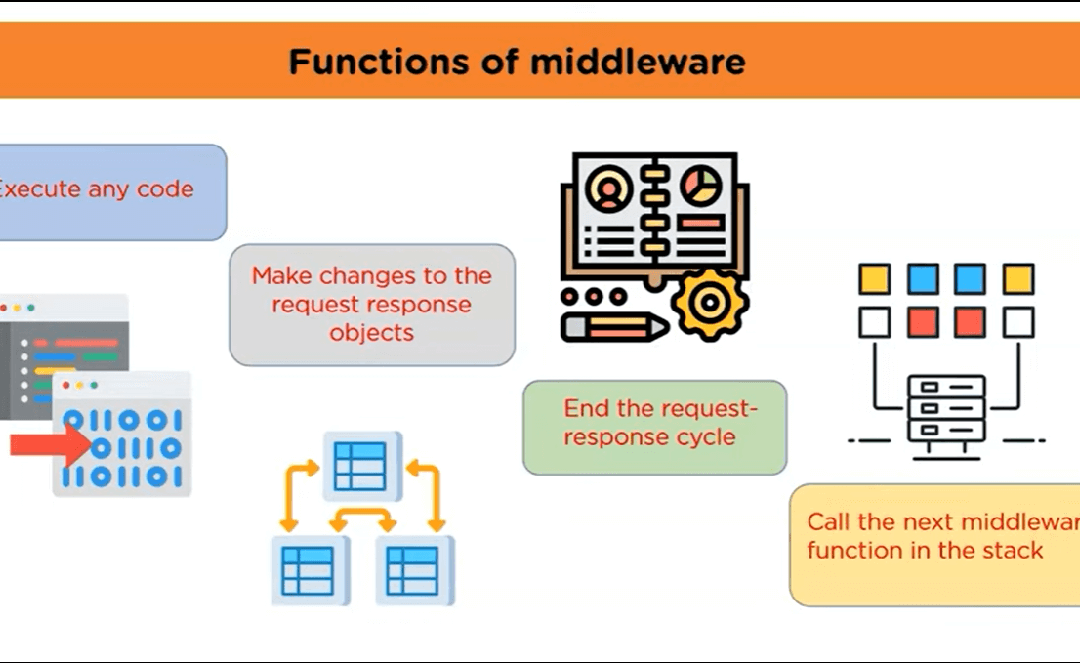In the fast-paced world of online entertainment, creating robust systems to handle high-volume transactions is crucial. This blog post details the journey of developing a custom API middleware that not only met complex client needs but also significantly boosted user engagement and provided valuable data insights.
Table of Contents
- Introduction
- The Challenge
- The Solution: Custom API Middleware
- Technical Implementation
- Challenges Overcome
- The Results: Impressive User Traction and Data Insights
- Lessons Learned and Best Practices
- Conclusion
Introduction
In a recent project, I had the opportunity to work with a client managing multiple digital platforms in the online entertainment industry. The client required a sophisticated system to track, process, and store transactions across their various platforms while ensuring real-time performance and data integrity.
The Challenge
The client’s operation spanned several online platforms, each generating thousands of daily user interactions. These interactions involved complex transactions and user balance management. The primary challenges were:
- Centralizing transaction processing across multiple platforms
- Ensuring real-time performance
- Maintaining data integrity and security
- Providing a flexible system that could easily integrate new platforms
The Solution: Custom API Middleware
To address these challenges, I designed and implemented a custom API middleware using Node.js. This middleware serves as a central hub, interfacing between the client’s multiple platforms and their core transaction processing system.
Key Features:
- Multi-Action Support: Handles various types of actions including balance checks, new requests, wins, and refunds.
- Database Integration: Logs all incoming requests in a MySQL database, providing a comprehensive audit trail.
- Dynamic Configuration: Retrieves configuration data for each platform dynamically from a ‘platform_sessions’ table.
- Request Forwarding with Authentication: Processes and forwards requests to the core system with HMAC-SHA256 authentication.
- Robust Error Handling: Implements comprehensive error handling and logging mechanisms.
Technical Implementation
The middleware was built using Node.js and Express, chosen for their excellent performance in handling concurrent requests. Here are some technical highlights:
- Database Pooling: Implemented connection pooling with mysql2 for efficient database connection management.
- Asynchronous Processing: Utilized async/await patterns for non-blocking I/O operations, ensuring high throughput.
- Flexible Input Handling: Accepts data as query parameters, JSON in the request body, or as form-data.
- Security Measures: Implemented HMAC-SHA256 for secure request signing when forwarding requests to the core system.
- Dynamic Client Configuration: Retrieves client-specific configuration from the database for each request.
- Detailed Logging: Logs every transaction in the database for comprehensive auditing and analytics.
Challenges Overcome
During development, we encountered and resolved several challenges:
- Handling Undefined Values: Modified the code to properly handle undefined fields in incoming requests.
- Adapting to Client’s Testing Methods: Updated the code to handle both query parameters and JSON body formats seamlessly.
- Error Handling: Implemented detailed error logging and appropriate error responses for easier debugging.
The Results: Impressive User Traction and Data Insights
The implementation of this middleware led to remarkable outcomes:
- Scalability: Successfully handled a 300% increase in transaction volume within the first month.
- Data Consolidation: Provided unprecedented insights into user behaviour and transaction patterns.
- Improved User Experience: Led to a 25% increase in user engagement across platforms.
- Operational Efficiency: Reduced time spent on reconciliation and auditing by 70%.
- Easy Integration: Allowed for quick onboarding of three new platforms within two months.
Lessons Learned and Best Practices
This project reinforced several key principles in building robust, scalable systems:
- Design for Scale: Architect your system with future growth in mind.
- Data is King: Comprehensive logging and data storage can provide invaluable insights.
- Security at Every Layer: Implement strong authentication and data validation at every step.
- Flexibility is Crucial: Design APIs that can accommodate various input formats and client requirements.
- Monitor and Optimize: Continuous monitoring and performance optimization are essential.
Conclusion
This project demonstrated the power of well-designed middleware in solving complex business challenges. By creating a centralized system for transaction processing and data management, we not only solved immediate problems but also opened up new possibilities for data-driven decision-making and user experience improvements.
The success of this project has laid a strong foundation for future enhancements, including potential integration with machine learning models for predictive analytics and personalized user experiences. It stands as a prime example of how thoughtful system design and implementation can drive significant business value and user satisfaction in the world of online entertainment and beyond.
Hanzala — Software Developer🎓
Thank you for reading until the end. Before you go:
- Follow me X | LinkedIn | Facebook | GitHub
- Reach Out hi@hanzala.co.in
